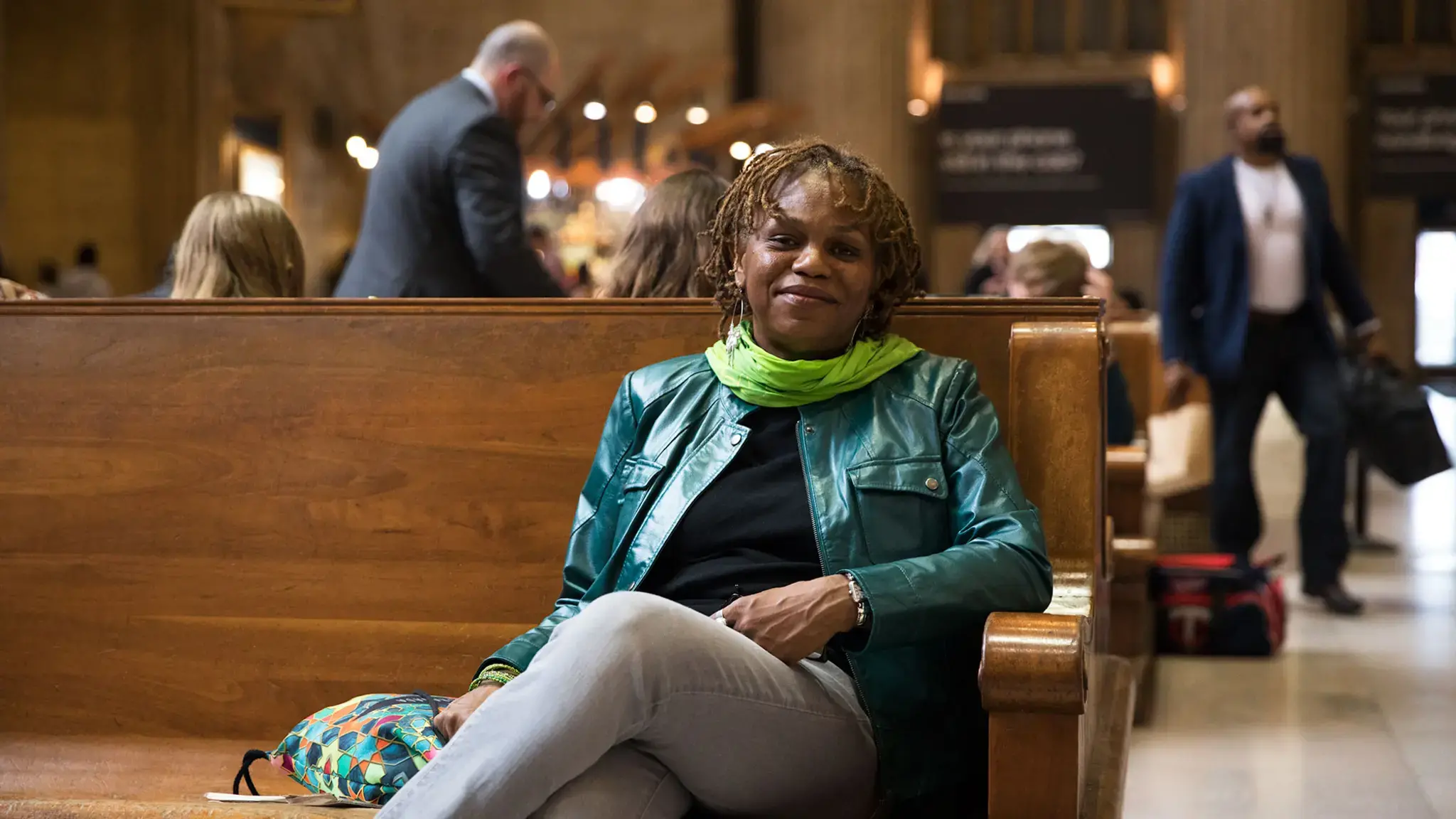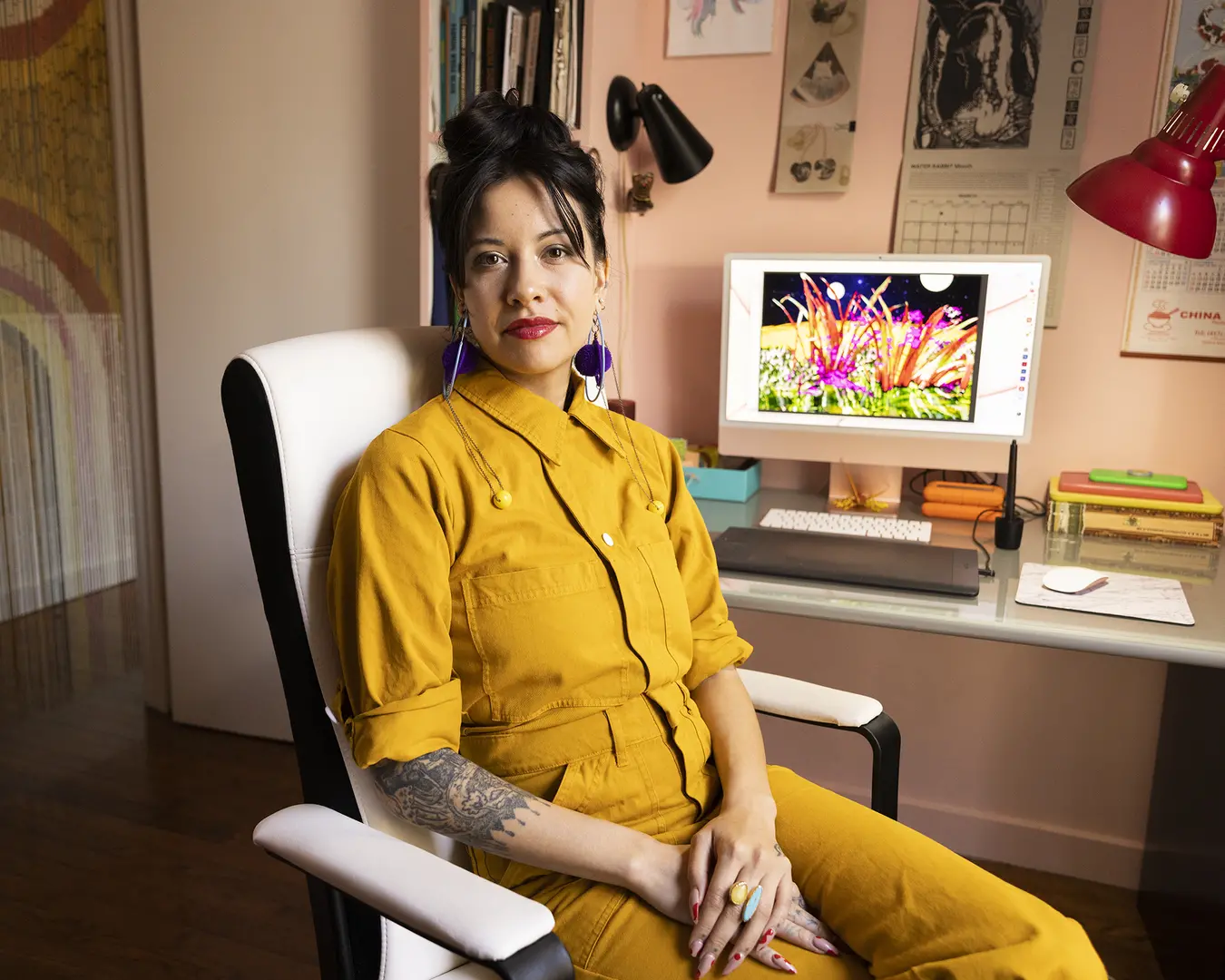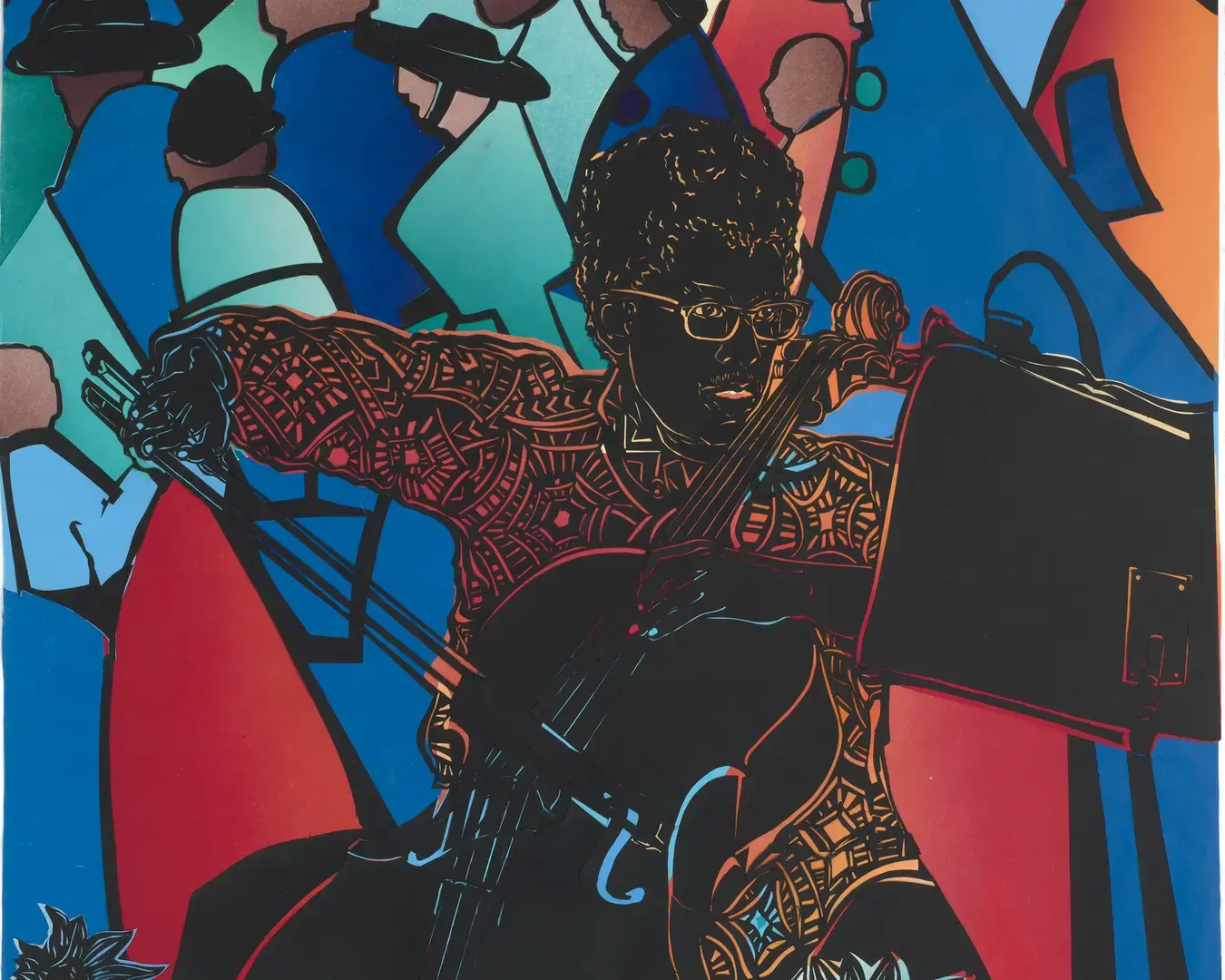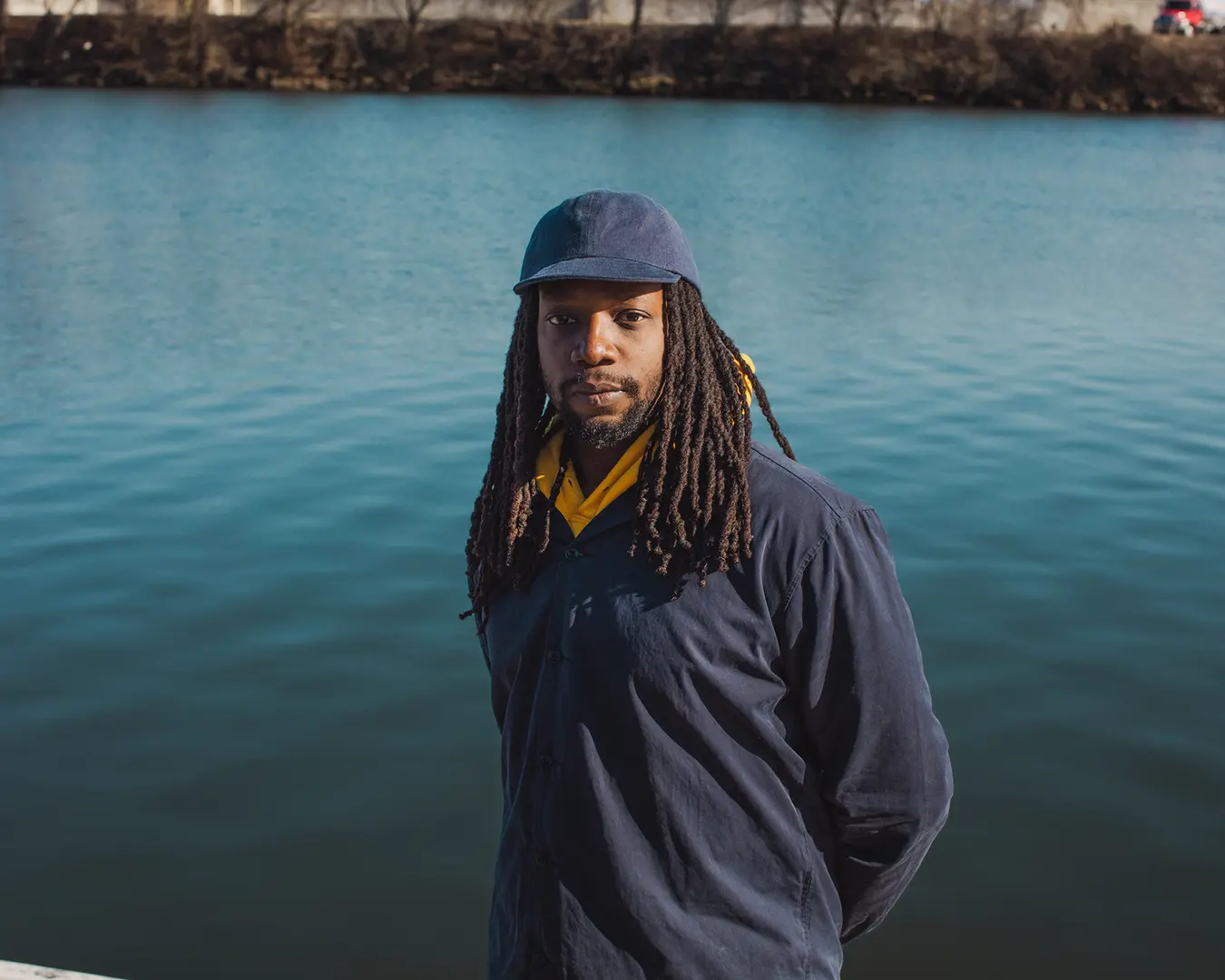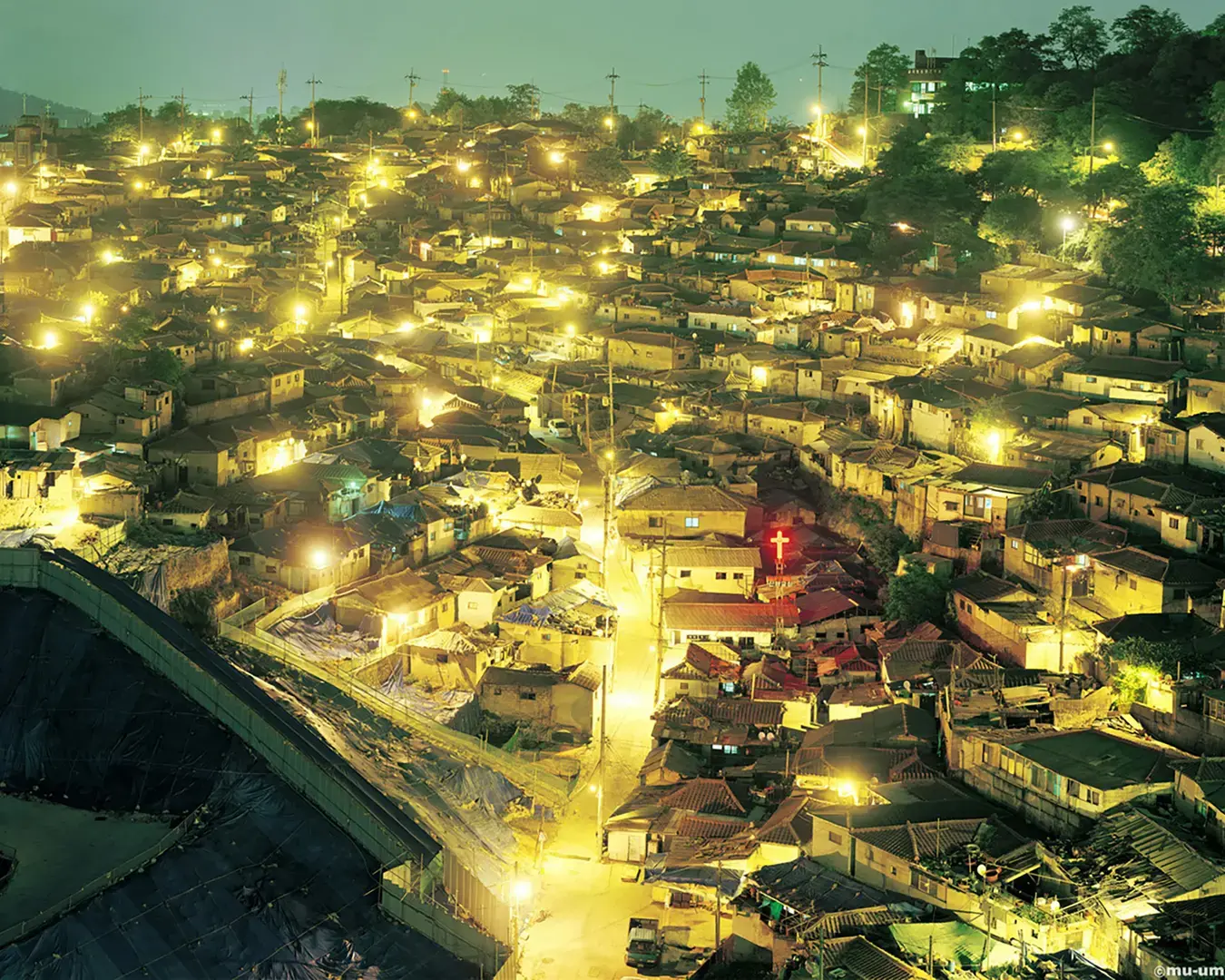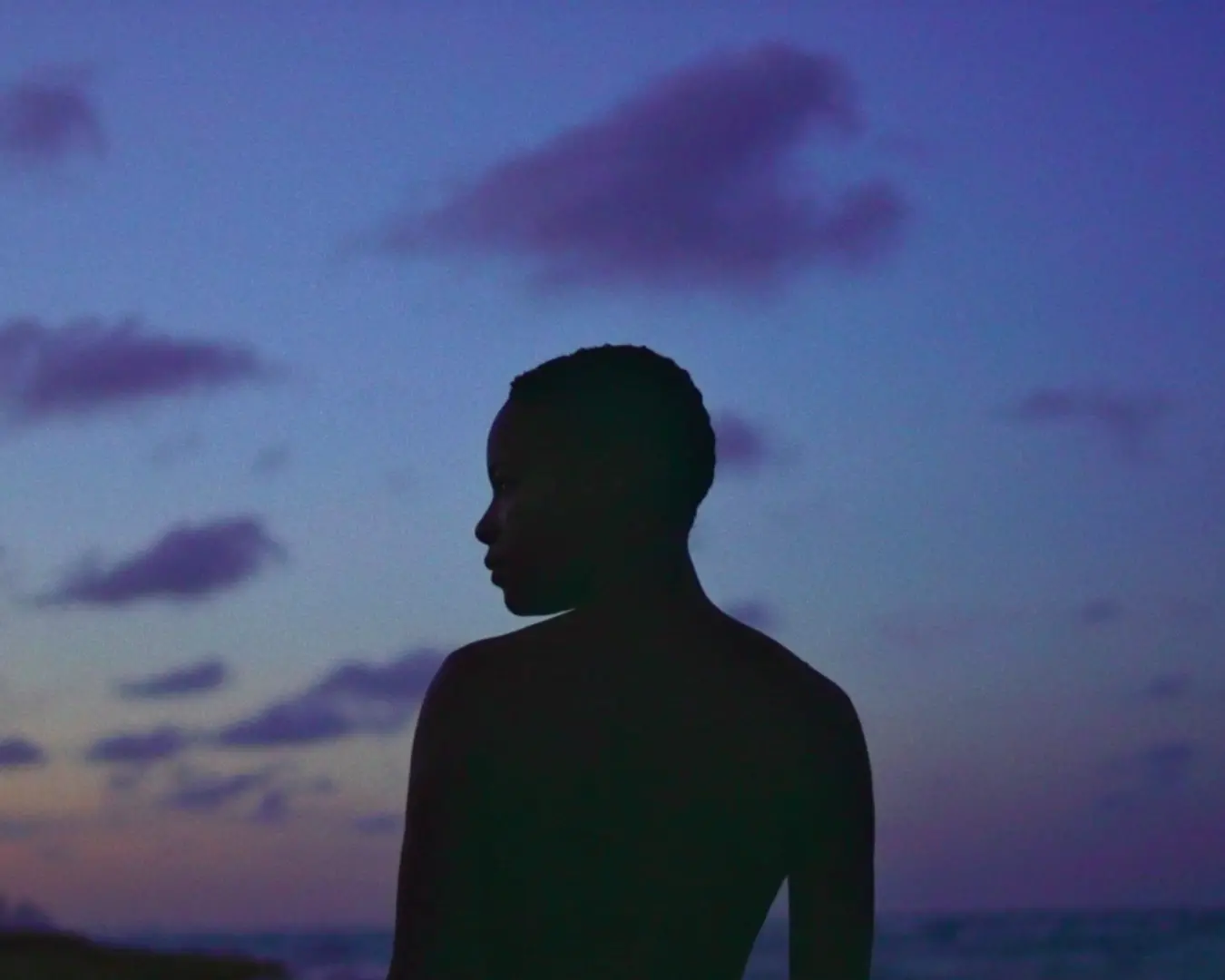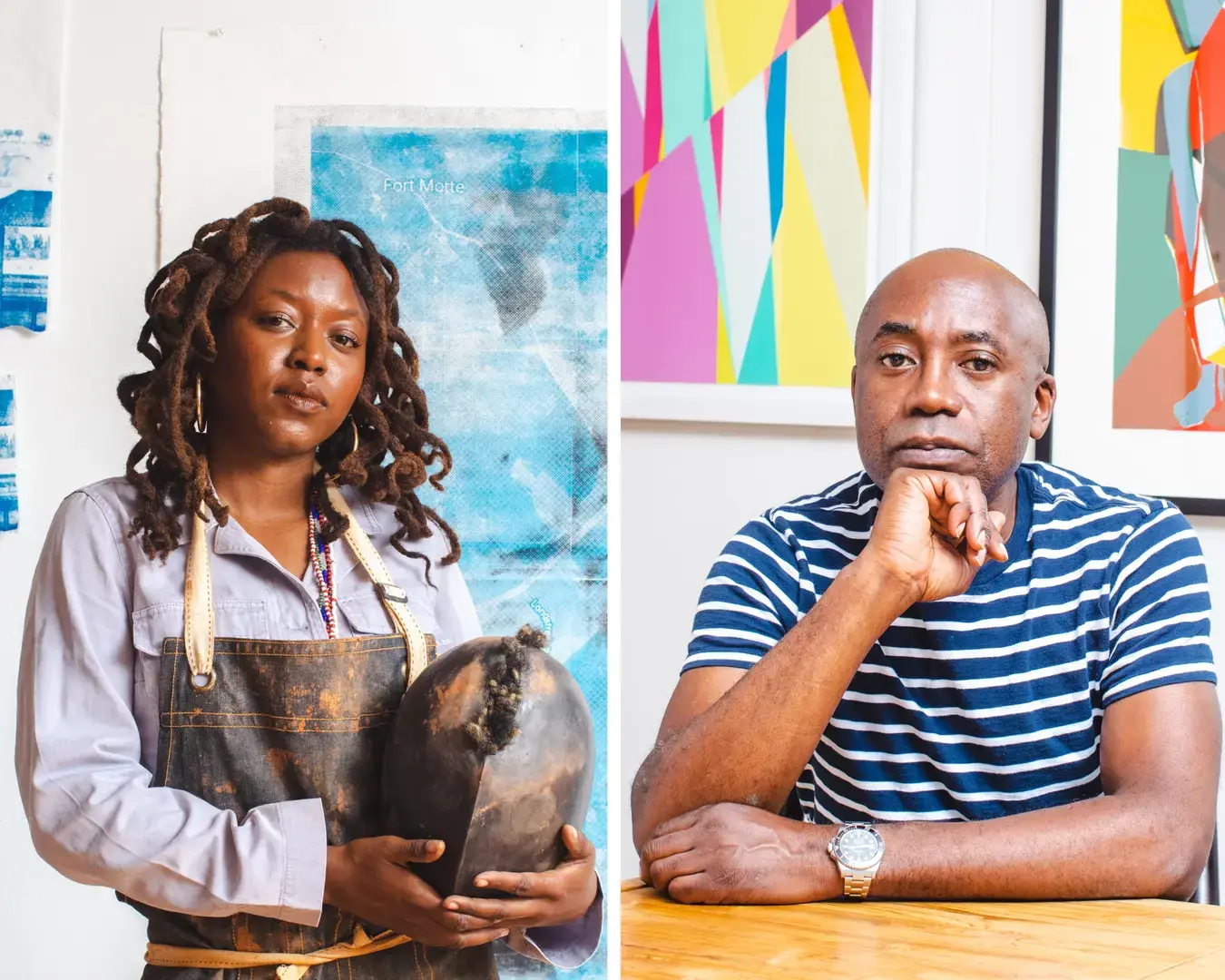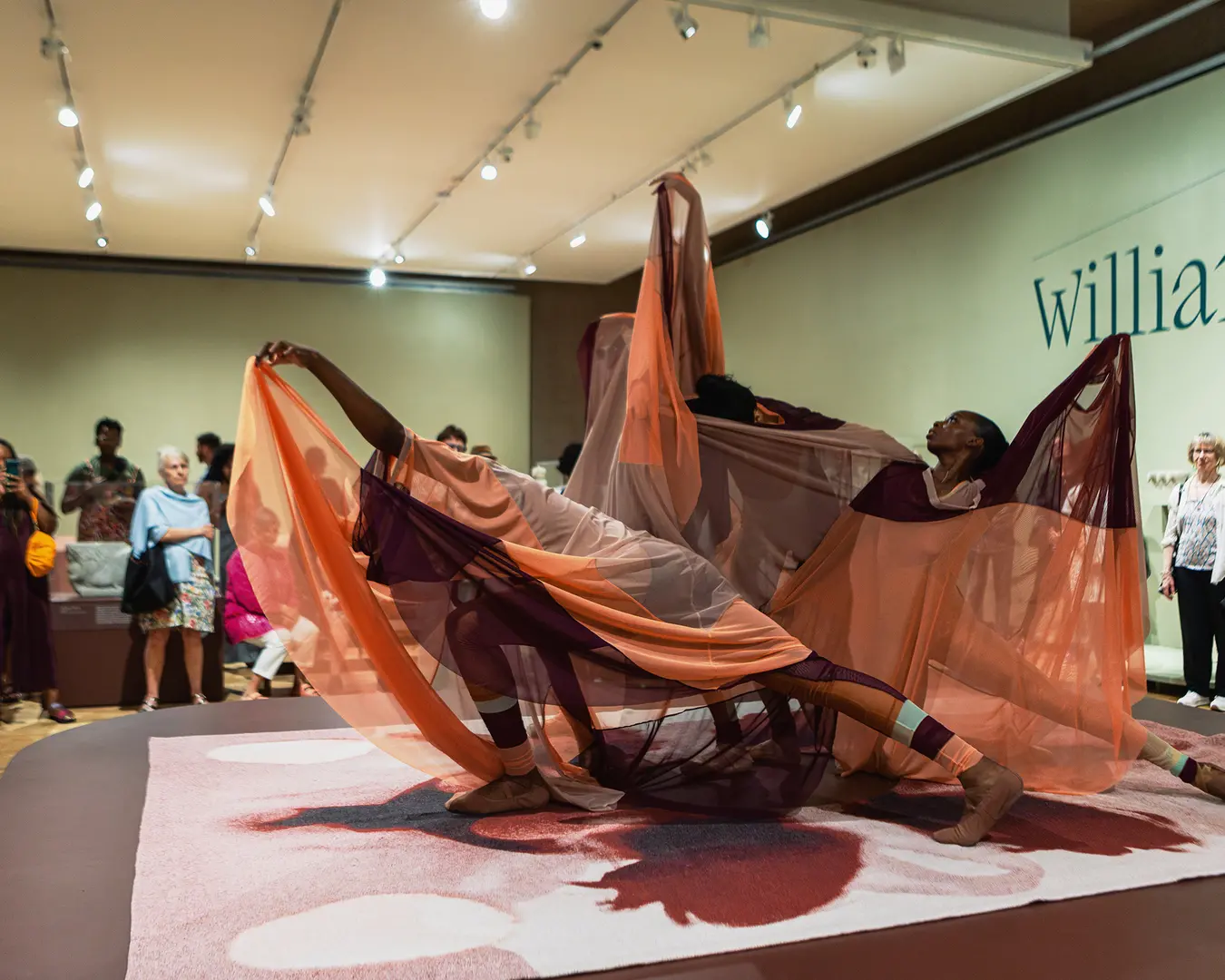Our “Pew Fellow of the Week” series focuses on the artistic lives of our Pew Fellows: their aspirations, influences, and creative challenges.
This week, we speak to poet M. Nzadi Keita (2017), whose work weaves intricate narratives with historical research and vivid imagery in both lyric and prose forms. She describes her work as “photographic writing” and says, “In poems, I’m particular about voice as a vessel to offer…images to the reader…in the way photographers use light and composition: to startle, shade, shimmer, or flash.” In her most recent book of persona poems, Brief Evidence of Heaven: Poems from the Life of Anna Murray Douglass (2014), Keita imagines the life of Douglass, an abolitionist and first wife of Frederick Douglass. On February 16, 2018 Keita will read from Brief Evidence of Heaven as part of a panel discussing the life of Frederick Douglass at Yale University’s Gilder Lehrman Center for the Study of Slavery, Resistance, and Abolition.
You have described your work as “photographic writing.” Can you expand on the relationship between words and images? What are you trying to convey to your readers?
Generally, I’m trying to translate what I recognize as spiritually multidimensional—in a person, a building, a bird, or recently, in a song winding through a subway car. When these call out for recognition, I try to find sounds, in the form of words, that dig out layers of history, imagination, physical evocations of abstract ideas, and what Larry Neal called “soul force.”
What is your biggest motivator as an artist? What is your biggest fear?
In 1985, my then three-year-old son and I were the last to squeeze into the auditorium at the African American Museum in Philadelphia, where James Baldwin was speaking. Addressing himself to the Black folk in the room, he told us that we should set about bringing whatever powerful beauty we had in mind to fruition, because our ticket had been bought and paid for by our ancestors.
What is your daily art-making routine?
My art-making routine depends on the month, the season, and the project I’m working on. The deaths of four people close to me in the recent past have reshaped my relationship to those people as spirits. Consequently, their transitions have transformed my relationship to myself. To cope with this shift, I have put my routine in recovery mode. In this mode, my routine includes more short bursts of sensory activity rather than going straight to the notebook for a prescribed amount of time. More silence-seeking, more turning my car onto streets I don’t typically travel, far slower driving than I’m known for, more time with my rock collection, more meditation, more poem-reading than poem-writing. But my notebook is nearby, and words do pass into it.
Between May and August, when I’m not working on campus [at Ursinus College], my routine will include three to six hours a day of transcribing raw material from my notebooks to the computer, turning that into drafts, and revising. While the drafts are marinating, I will turn to other commitments: walking, reading, bike-riding, and home life.
What music are you listening to and/or which books are on your bedside table?
Music: I commute 50 miles a day, so this is particular: Bach, when WRTI plays him in the morning; Tony Bennett; Betty Carter; Buika; Whitney Houston; Linkin Park; Fela Kuti; and Earth, Wind & Fire, depending on the weather. Anything Bob Perkins on WRTI wants to play after 6 p.m.
I’m moving between the following books: Things I Should’ve Told My Daughter by Pearl Cleage; Between the World and Me by Ta-Nehisi Coates; Smudge by Mahogany Browne; One Turn Around the Sun by Tim Seibles; and Meditations for Women Who Do Too Muchby Anne Wilson Schaef.
What images or things keep you company in the space where you work?
Family photos. Baby shoes. A photo of Lucille Clifton and me from 1997. Letters I got from Anais Nin and Gwendolyn Brooks when I was in college. A postcard Amiri Baraka sent when I got tenure. A photo of Sonia Sanchez and me at a conference. My grandmother’s green corner shelf.
Do you think about your legacy and, if so, how does your thinking about it affect your practice?
The most thought I’ve given to my legacy applies largely to my teaching career, which includes my parenthood. In those roles, I’ve taught and nurtured a collection of beautiful adults who are committed to justice, love, and community-building. They are teachers, poets, organizers, animators, dancers, lawyers, and more. They have taught me as much as I’ve taught them. When the whole dual profession thing gets exhausting, they help me re-center. Being part of a Philly poets community, a Dodge poet in years past, and Cave Canem, a Black poets community, and some others, seals me in gratitude for all of these bonds; they affirm that I have options. They affirm that I have more to learn when my work is rocky and resistant.
